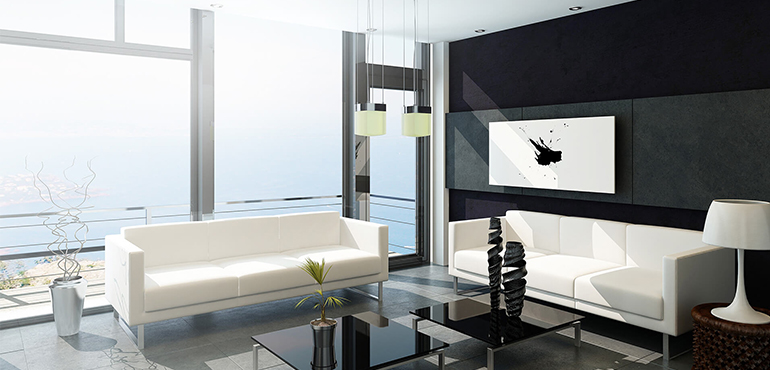When it comes to forward-thinking interior design, adaptability, and timelessness are two key factors that can guarantee a home will look just as current years from now as it does today. One interior style that makes use of them more than any other is: contemporary. By borrowing elements from several prominent styles and combining them into a harmonic whole, contemporary interiors stay current even as trends move on. But what are the components that remain constant even with this ever-changing fashion? We explore seven evergreen design elements that define contemporary interiors.
Contemporary interior style was a natural evolution of midcentury-modern aesthetics and was first coined as its own term around the 1970s. Signifying a mix of predominant styles at the time, it borrowed heavily from popular aesthetics such as modernism, postmodernism, and Art Deco. By combining elements of each to varying degrees, contemporary homes reflected a certain in-the-know-quality without risking an imbalance in favor of one or the other.
Fast forward a half-century and contemporary interiors are still evolving at a rapid speed. With the introduction of farmhouse style, Japandi design, or minimalism, there are more aesthetics to choose from than ever, and contemporary interiors continue to pull reference points from all of them for a unique, future-thinking look. Through clever juxtaposition and layering of different accent pieces against an often constant modern shell, they can easily be adapted over time to ensure homes stay current.
7 Features that Last the Test of Time:
- Minimalist Furniture
- Mixed Materials
- Open Floor Plans
- Clean Lines
- Muted Color Palette with Accents
- Statement Lighting
- Floor to Ceiling Glass


Leave A Comment